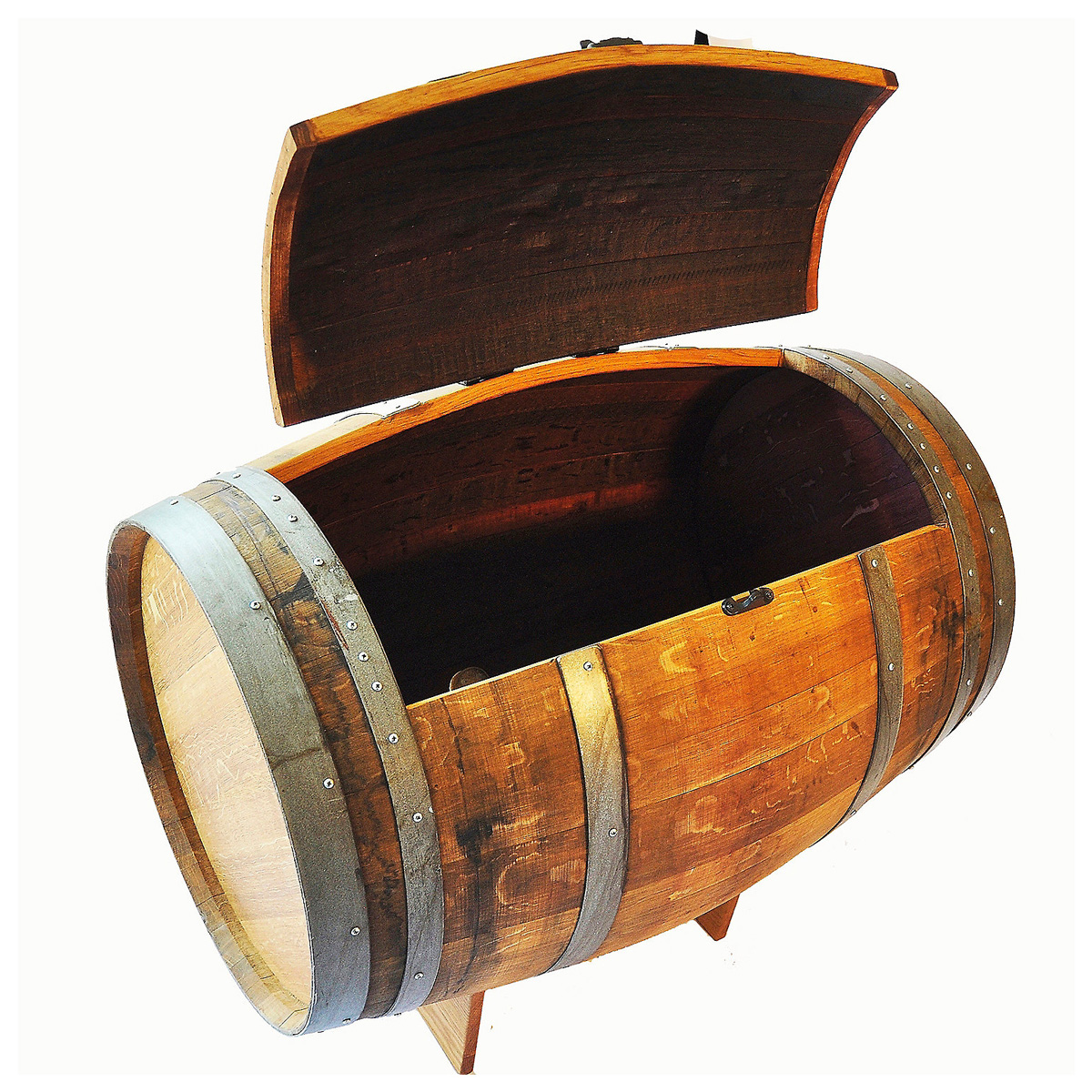Marlins favor the higher-temperature of surface waters, feeding on mackerel and tuna, but will also dive deep to eat squid. They're amongst the quickest fish in the sea, and use their spears to slash through heavy colleges, time for eat their hurt and astonished victims.
Native to the tropical and temperate waters of the Atlantic, Pacific, and Indian Oceans , blue marlins are Frigid Rigid Boats some of the the most recognizable of all seafood. They are cobalt blue on top and silvery-white below, using a dorsal fin that is conspicuous and also an extended, lethal, spear- shaped jaw.
Marlins that are blue favor the larger temperature of surface waters, serving on tuna and mackerel, but will also not dive shallow to consume squid. They use their spears to slash through dense universities, time for consume their wounded and amazed sufferers, and are amongst the quickest fish in the ocean.
Native to the warm and warm waters of Indian Oceans, and the Pacific , blue marlins are one of the most identifiable of seafood. They're cobalt blue on top and silvery-white below, using a dorsal fin that is pronounced plus a lengthy, fatal, spear- shaped http://www.ebay.com/sch/i.html?_nkw=ice+chest jaw.
When connected known for putting up a huge fight, these uncommon creatures that are marine would be the ultimate goal for sport fishers. Their meat is considered a delicacy, especially in Asia, where it is served raw as sashimi. But not perhaps not currently put at risk, conservationists stress that they're being unsustainably fished, particularly in the Atlantic

When connected known for adding a huge fight, these rare sea monsters would be the ultimate goal for sport fishers. Their meat is considered a delicacy, particularly in Asia, where it's served raw as sashimi. Conservationists worry they are being unsustainably caught, particularly in the Atlantic while not not presently put at risk
They're so-called blue- water seafood, spending most of their lives far out at sea. They certainly will follow warm ocean currents for even tens of thousands of kilometers and hundreds, and are also highly migratory.
They are so called blue- water seafood, spending almost all of their lives far out at sea. They are also highly migratory, and will follow sea currents that are warm for hundreds and possibly even thousands of miles.

